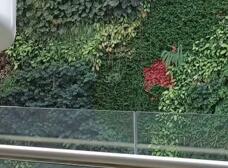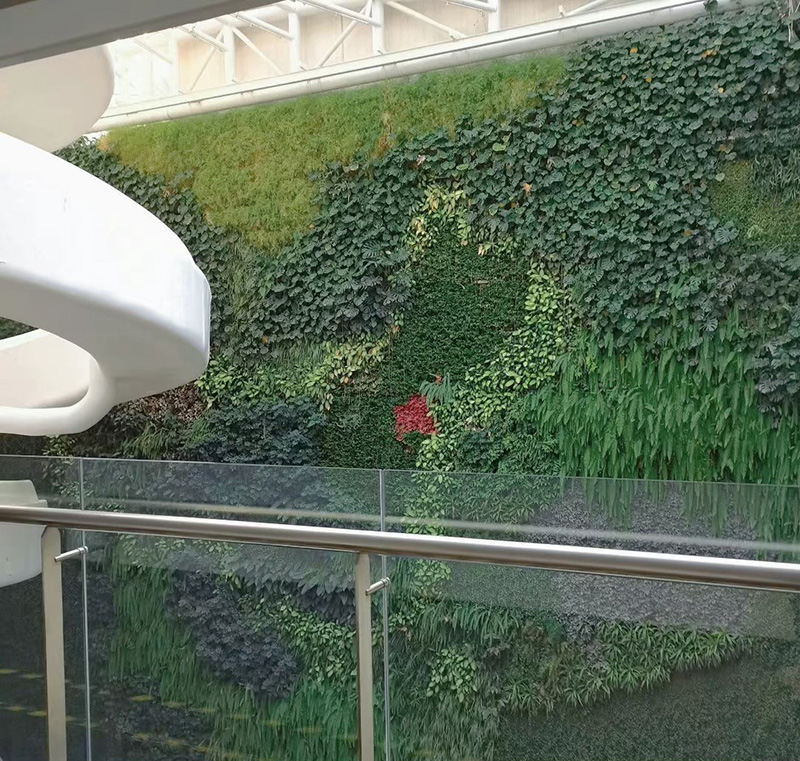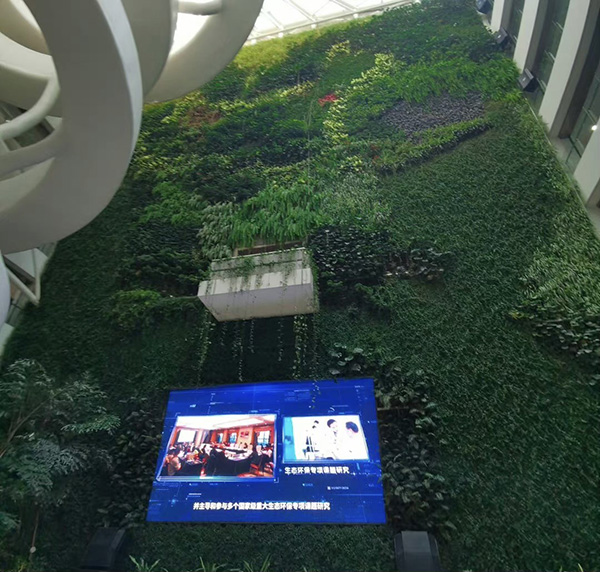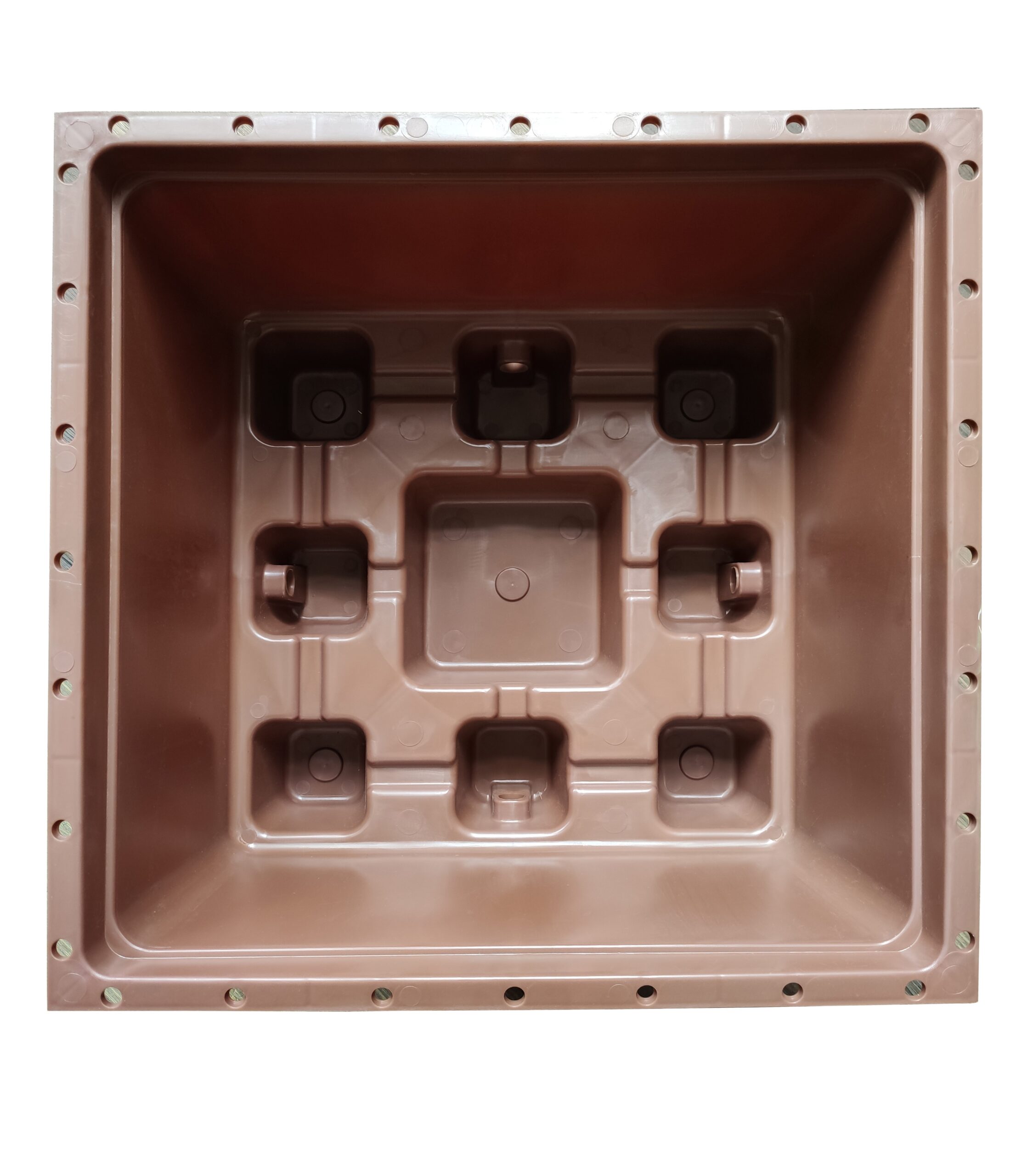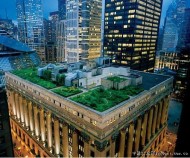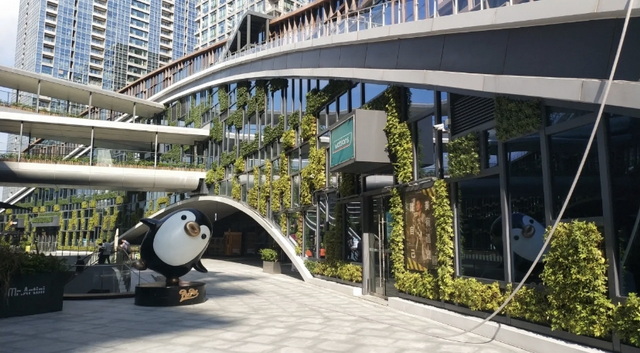The changes brought by three-dimensional greening to the city
The changes brought by three-dimensional greening to the city
The whole building is covered with green, and the summer is no longer hot; on the roof of high-rise buildings, a small garden composed of flowers, lawns, shrubs, etc. becomes a leisure place after work; on the balconies and corridors of each floor , hanging plants, potted plants and other green plants make the whole building lively. Such an urban environment is so charming, who doesn’t like it?
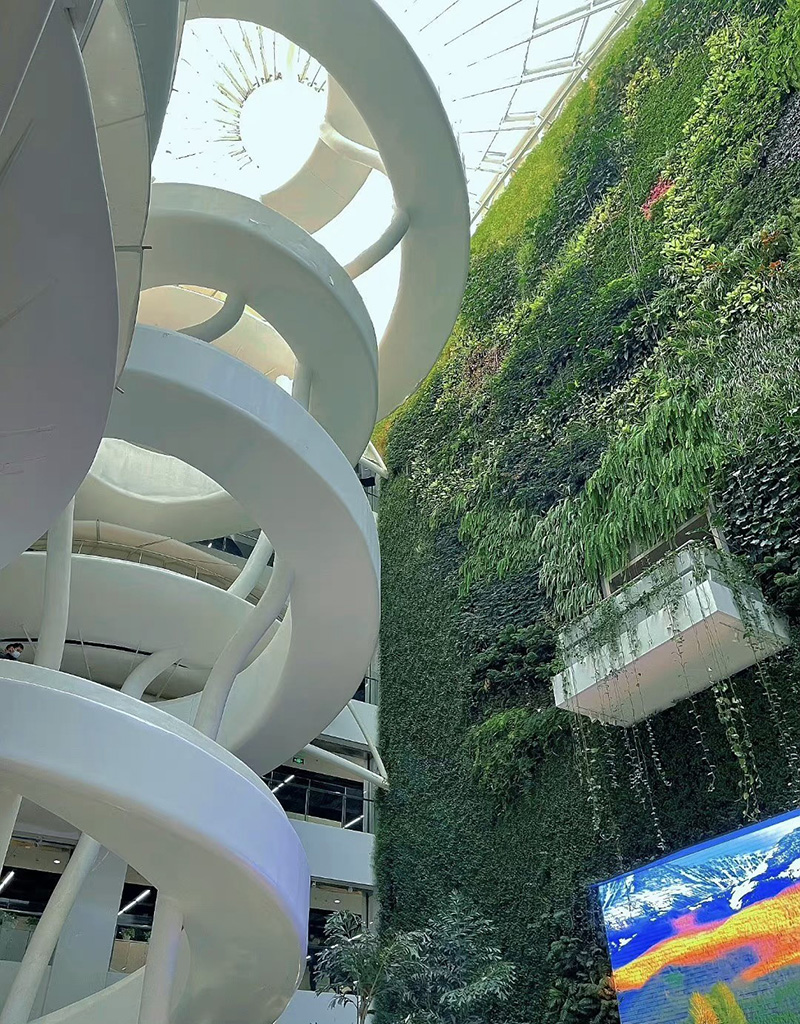
The three-dimensional greening gives the city a more natural taste and adds to the natural charm.
Urban complex pollution, heat island effect and other problems have become “stubborn diseases” affecting the sustainable development of cities. Concepts such as ecology, greenness, low carbon and sustainability are undoubtedly the most important value scales for urban development in the future.
Three-dimensional greening is an ecological compensation method for urban development.
The development of three-dimensional greening can increase the amount of urban greenery, alleviate the heat island effect, trap dust, reduce noise and harmful gas pollution, and create and improve the urban ecological environment. At the same time, three-dimensional greening can enrich the spatial structure level of urban landscaping and the artistic effect of urban three-dimensional landscape.
Three-dimensional greening is one of the important forms of urban greening, and it is an important and effective way to improve the urban ecological environment and enrich the urban greening landscape.
Three-dimensional greening includes vertical greening, roof greening, slope protection greening, elevated greening and other forms, which can be applied to building walls, roofs, overpasses, slopes, river embankments, balconies and other places.
“Building cities and buildings in green” is an academician’s dream. He said in a forum: “Urban rainwater cannot be drained blindly, but must rely on ecological facilities such as landscaping and other ecological facilities to save and recycle. At present, urban land is tight, the green space rate is not high, and roof greening has the effect of not occupying land, withering yellow night It is an indispensable and important supplement to urban greening.


